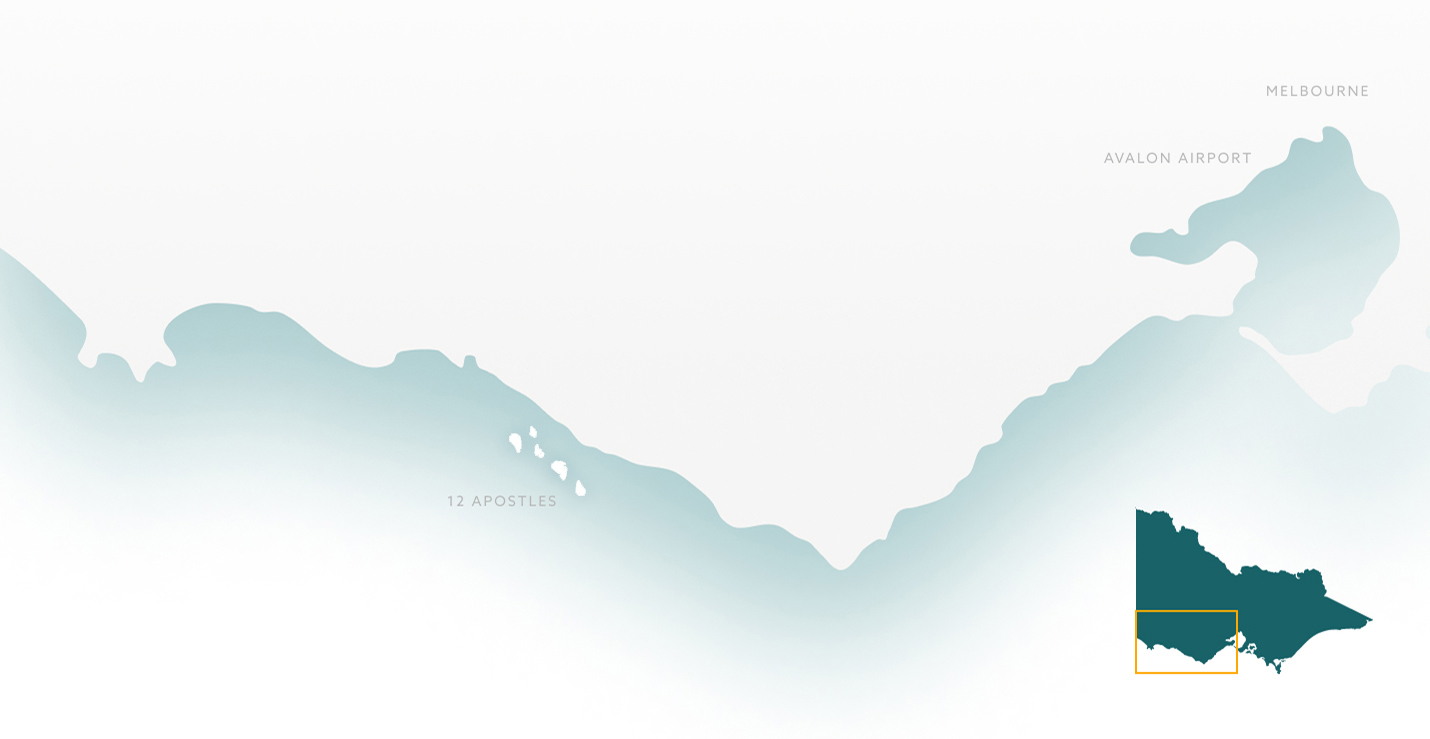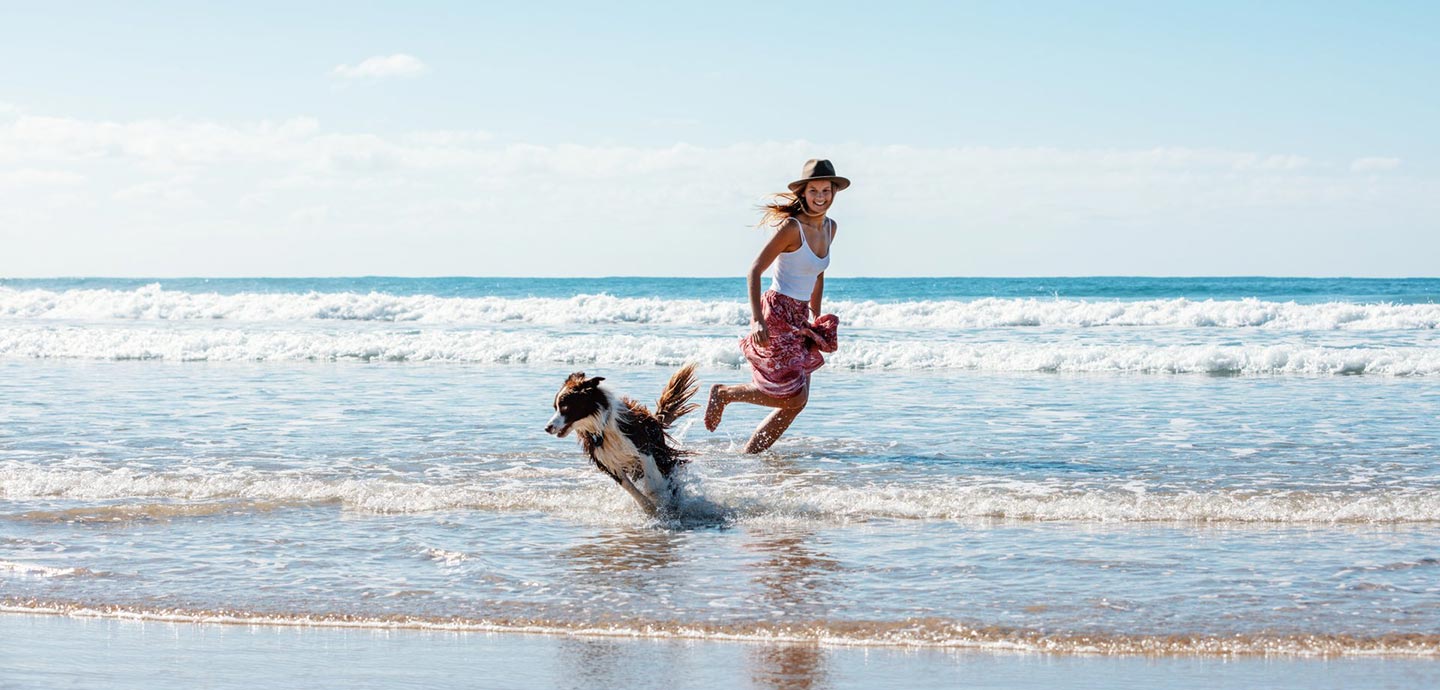

From Piglets to Apostles.
Early charts refer to the 12 Apostles as the Sow and Piglets these were mapped and noted by George Bass in 1798.

Although there is not a document, person or group that can tell us who named the 12 Apostles and when they were named, there is evidence to suggest the name has been in use as early as the 1890’s.
Tourism in the area was accelerated around reporting of significant shipwrecks including the Loch Ard in 1878 and the Fiji in 1891.
We acknowledge the Kirrae Whurrong people of the Eastern Maar nation as the traditional owners of this wonderful part of country. We acknowledge a cultural story and wisdom that has survived and thrived through the shaping of this scenery for over 50 000 years and a connection that is deep and ongoing today.
A different context
From the current 12 Apostles viewing area visitors can view 7 sea stacks reduced from 8 after a collapse in 2005. Visitors can also view 2 rock stacks to the east. These are on Gibson Steps beach and are named Gog and Magog. The bigger one (Gog) was referred to as Ironclad rock in early photos and postcards.
Sea stacks that appear in CJ Latrobe’s 1846 chart are named as the Sow and Piglets. These stacks can be viewed looking east from the Razorback viewing area at Loch Ard Gorge. Could these sea stacks been part of the original 12 Apostles naming? They were named at a time when visitors would have been viewing the scenery as a walk or horse drawn cart ride along the coast not necessarily from the current viewing area. These more hidden sea stacks are also viewable from the air for those taking a flight with 12 Apostles Helicopters



Sign up to get the latest deals, tours & events along the Great Ocean Road
Great Ocean Road Regional Tourism acknowledges the Traditional Custodians of the Great Ocean Road region the Wadawurrung, Eastern Maar & Gunditjmara. We pay our respects to their Elders, past, present and emerging. We recognise and respect their unique cultural heritage and the connection to their traditional lands. We commit to building genuine and lasting partnerships that recognise, embrace and support the spirit of reconciliation, working towards self-determination, equity of outcomes and an equal voice for Australia’s first people.